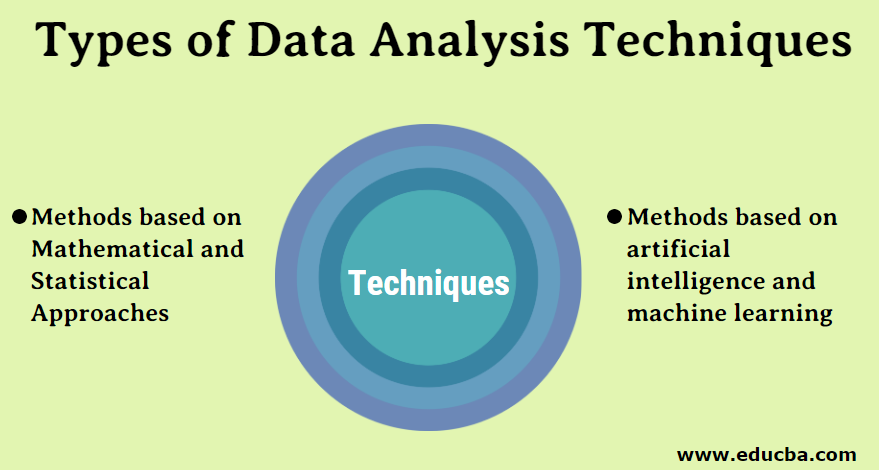

Some common statistical tests used in this branch include the following: So, what kind of statistics are usually covered in this section? But, that said, depending on your research objectives and research questions, they may be the only type of statistics you use. When you’re writing up your analysis, descriptive statistics are the first set of stats you’ll cover, before moving on to inferential statistics. Unlike inferential statistics (which we’ll get to soon), descriptive statistics don’t aim to make inferences or predictions about the entire population – they’re purely interested in the details of your specific sample.

In other words, they help you understand the details of your sample. With that out the way, let’s take a closer look at each of these branches in more detail.ĭescriptive statistics serve a simple but critically important role in your research – to describe your data set – hence the name. In other words, we use one group of statistical methods – descriptive statistics – to investigate the slice of cake, and another group of methods – inferential statistics – to draw conclusions about the entire cake. Well, descriptive statistics focus on describing the sample, while inferential statistics aim to make predictions about the population, based on the findings within the sample. So, why is this sample-population thing important?
Data analysis methods in research full#
In other words, the population is the full chocolate cake, whereas the sample is a slice of that cake. So, to recap – the population is the entire group of people you’re interested in, and the sample is the subset of the population that you can actually get access to. This smaller group of accessible people whose data you actually collect is called your sample. Realistically, you’ll likely only get access to a few hundred, or maybe a few thousand owners using an online survey. However, it’s extremely unlikely that you’re going to be able to interview or survey every single Tesla owner in the US. For example, if you were interested in researching Tesla owners in the US, then the population would be all Tesla owners in the US. In statistics, the population is the entire group of people (or animals or organisations or whatever) that you’re interested in researching. These words are population and sample.įirst up, population. To understand the difference between these two branches of statistics, you need to understand two important words. Well, before I can explain that, we need to take a quick detour to explain some lingo. So, what are descriptive and inferential statistics?
Data analysis methods in research how to#
I’ll explain how to choose your methods later. In other words, depending on your research questions, aims and objectives. In your research, you might only use descriptive statistics, or you might use a mix of both, depending on what you’re trying to figure out. There are two main “branches” of statistical methods that are used – descriptive statistics and inferential statistics.

The two “branches” of quantitative analysisĪs I mentioned, quantitative analysis is powered by statistical analysis methods.


 0 kommentar(er)
0 kommentar(er)
